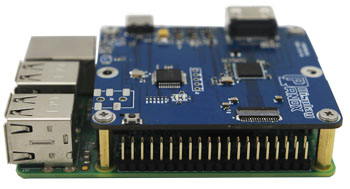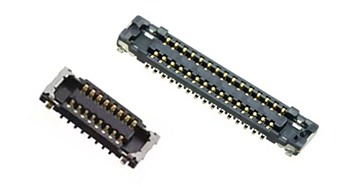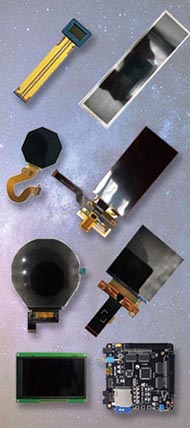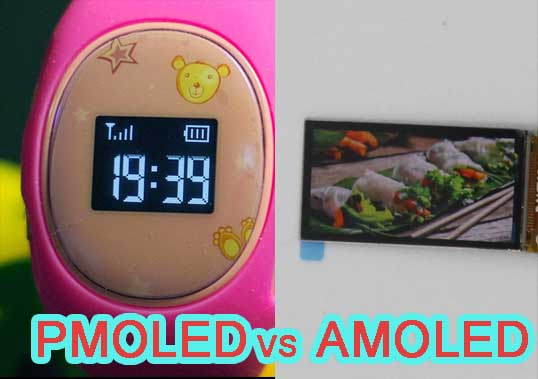
0.66inch pmoled vs 0.95 inch amoled
Both PMOLED and AMOLED belong to OLED
The OLED display is characterized by self-luminescence, high contrast, low power consumption, lightweight, thin thickness, etc. It is called the next generation of display technology. According to the drive mode, OLED can be divided into active drive (AMOLED) and passive drive (PMOLED). So what are the differences between PMOLED and AMOLED?
1. What do AMOLED and PMOLED stand for?
AMOLED stands for Active-matrix Organic Light Emitting Diode.PMOLED stands for Passive matrix Organic Light Emitting Diode.
2. Difference between AMOLED and PMOLED in driving mode
When the external current turn off, the arrangement of the liquid crystal will change.AMOLED
After the electric current turn off, if the liquid crystal arrangement keeps the same, it`s called active.
PMOLED
Once the electric current disappears, the liquid crystal is recharged to arrange, it`s called passive.
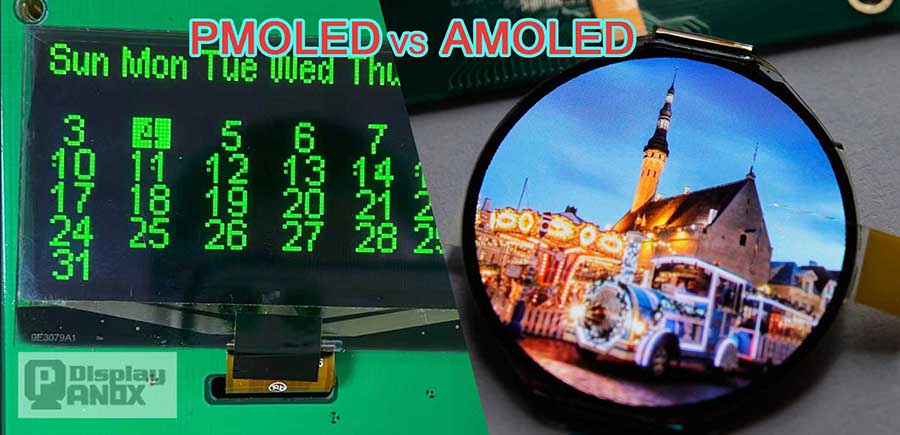
3. Comparison of the advantages and disadvantages of AMOLED and PMOLED
3.1. Advantages and disadvantages of AMOLED
AMOLED is an independent thin film electric crystal to control each pixel, each pixel can continuously and independently drive light-emitting, and it can be driven by low-temperature polysilicon or oxide TFT, with the advantages of low drive voltage and long life of light-emitting elements. But the high cost and the production process are more complex, and the cost is much higher than PMOLED.The AMOLED is characterized by a fast reaction speed, Available for large-size TV panels, The disadvantage is that its cost is too high.
3.2. Advantages and disadvantages of PMOLED
PMOLED simply forms a matrix of cathode and anode, Lighting up the pixels in the array by scanning, Each pixel is operated in a short-pulse mode, For instant high-brightness light-emitting, The advantage is that the simple structure, can effectively reduce manufacturing costs.However, the drive voltage is high, Making PMOLED unsuitable for application in large sizes with high-resolution panels, PMOLED is not suitable for displaying dynamic images, Because the reaction speed is relatively slow, But it is very energy-efficient.
4. Differences between AMOLED, PMOLED, and OLED
Both AMOLED and PMOLED belong to OLED. PMOLED does not need a backlight, but the size can not be large; AMOLED size can be large. The PMOLED was mainly used on early two-screen phones for small external screens and current mobile use AMOLED technology.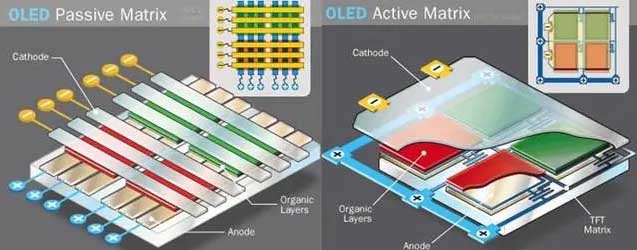
AMOLED is an active organic light-emitting secondary tube, which requires not only a signal, but also an additional power supply to make the secondary tube work, and then gives a bright or not bright signal, and it will light up or turn off. It works like a TV, if you give it a wired signal, but you can't watch it, only with electricity. But only give the electricity, do not give the cable signal, and there is no show to watch. Structurally, the OLED is basically a secondary tube, and the AMOLED is a tertiary tube or multiple triodes working together to drive a luminous point.
PMOLED represents the passive matrix OLED, which is related to the way it controls (or drives) the display. The PMOLED display is a simple control scheme, in which you control each row in the display in turn. PMOLED electronics do not contain storage capacitors, so the pixels in each line are turned off in most cases, and to compensate for this, you need to use more voltage to make them brighter.












